Implementing and Assessing Use-Driven Acquisitions
Practical Guides for Librarians
 About the Series
About the Series
This innovative series written and edited for librarians by librarians provides authoritative, practical information and guidance on a wide spectrum of library processes and operations.
Books in the series are focused, describing practical and innovative solutions to a problem facing todays librarian and delivering step-by-step guidance for planning, creating, implementing, managing, and evaluating a wide range of services and programs.
The books are aimed at beginning and intermediate librarians needing basic instruction/guidance in a specific subject and at experienced librarians who need to gain knowledge in a new area or guidance in implementing a new program/service.
 About the Series Editor
About the Series Editor
The Practical Guides for Librarians series was conceived by and is edited by M. Sandra Wood, MLS, MBA, AHIP, FMLA, Librarian Emerita, Penn State University Libraries.
M. Sandra Wood was a librarian at the George T. Harrell Library, The Milton S. Hershey Medical Center, College of Medicine, Pennsylvania State University, Hershey, PA, for over 35 years, specializing in reference, educational, and database services. Ms. Wood worked for several years as a Development Editor for Neal-Schuman Publishers.
Ms. Wood received a MLS from Indiana University and a MBA from the University of Maryland. She is a Fellow of the Medical Library Association and served as a member of MLAs Board of Directors from 1991 to 1995. Ms. Wood is founding and current editor of Medical Reference Services Quarterly , now in its 35th volume. She also was founding editor of the Journal of Consumer Health on the Internet and the Journal of Electronic Resources in Medical Libraries and served as editor/co-editor of both journals through 2011.
Titles in the Series
1. How to Teach: A Practical Guide for Librarians by Beverley E. Crane
2. Implementing an Inclusive Staffing Model for Todays Reference Services by Julia K. Nims, Paula Storm, and Robert Stevens
3. Managing Digital Audiovisual Resources: A Practical Guide for Librarians by Matthew C. Mariner
4. Outsourcing Technology: A Practical Guide for Librarians by Robin Hastings
5. Making the Library Accessible for All: A Practical Guide for Librarians by Jane Vincent
6. Discovering and Using Historical Geographical Resources on the Web: A Practical Guide for Librarians by Eva H. Dodsworth and L. W. Lalibert
7. Digitization and Digital Archiving: A Practical Guide for Librarians by Elizabeth R. Leggett
8. Makerspaces: A Practical Guide for Librarians by John J. Burke
9. Implementing Web-Scale Discovery Services: A Practical Guide for Librarians by JoLinda Thompson
10. Using iPhones and iPads: A Practical Guide for Librarians by Matthew Connolly and Tony Cosgrave
11. Usability Testing: A Practical Guide for Librarians by Rebecca Blakiston
12. Mobile Devices: A Practical Guide for Librarians by Ben Rawlins
13. Going Beyond Loaning Books to Loaning Technologies: A Practical Guide for Librarians by Janelle Sander, Lori S. Mestre, and Eric Kurt
14. Childrens Services Today: A Practical Guide for Librarians by Jeanette Larson
15. Genealogy: A Practical Guide for Librarians by Katherine Pennavaria
16. Collection Evaluation in Academic Libraries: A Practical Guide for Librarians by Karen C. Kohn
17. Creating Online Tutorials: A Practical Guide for Librarians by Hannah Gascho Rempel and Maribeth Slebodnik
18. Using Google Earth in Libraries: A Practical Guide for Librarians by Eva Dodsworth and Andrew Nicholson
19. Integrating the Web into Everyday Library Services: A Practical Guide for Librarians by Elizabeth R. Leggett
20. Infographics: A Practical Guide for Librarians by Beverley E. Crane
21. Meeting Community Needs: A Practical Guide for Librarians by Pamela H. MacKellar
22. 3D Printing: A Practical Guide for Librarians by Sara Russell Gonzalez and Denise Beaubien Bennett
23. Implementing and Assessing Use-Driven Acquisitions: A Practical Guide for Librarians by Steven Carrico, Michelle Leonard, and Erin Gallagher
Implementing and Assessing Use-Driven Acquisitions
A Practical Guide for Librarians
Steven Carrico
Michelle Leonard
Erin Gallagher
with contributions from Trey Shelton
Practical Guides for Librarians, No. 23
ROWMAN & LITTLEFIELD
Lanham Boulder New York London
Published by Rowman & Littlefield
A wholly owned subsidiary of The Rowman & Littlefield Publishing Group, Inc.
4501 Forbes Boulevard, Suite 200, Lanham, Maryland 20706
www.rowman.com
Unit A, Whitacre Mews, 26-34 Stannary Street, London SE11 4AB
Copyright 2016 by Rowman & Littlefield
All rights reserved . No part of this book may be reproduced in any form or by any electronic or mechanical means, including information storage and retrieval systems, without written permission from the publisher, except by a reviewer who may quote passages in a review.
British Library Cataloguing in Publication Information Available
Library of Congress Cataloging-in-Publication Data
Names: Carrico, Steve, author. | Leonard, Michelle, 1968, author. | Gallagher, Erin, 1982, author. | Shelton, Trey, contributor.
Title: Implementing and assessing use-driven acquisitions : a practical guide for librarians / Steven Carrico, Michelle Leonard, Erin Gallagher ; with contributions from Trey Shelton.
Description: Lanham : Rowman & Littlefield, [2016] | Series: Practical guides for librarians ; 23 | Includes bibliographical references and index.
Identifiers: LCCN 2015038768| ISBN 9781442262751 (hardcover : alk. paper) | ISBN 9781442262768 (pbk. : alk. paper) | ISBN 9781442262775 (ebook)
Subjects: LCSH: Use-driven acquisitions (Libraries)
Classification: LCC Z689 .C287 2016 | DDC 025.2dc23 LC record available at http://lccn.loc.gov/2015038768
 The paper used in this publication meets the minimum requirements of American National Standard for Information SciencesPermanence of Paper for Printed Library Materials, ANSI/NISO Z39.48-1992.
The paper used in this publication meets the minimum requirements of American National Standard for Information SciencesPermanence of Paper for Printed Library Materials, ANSI/NISO Z39.48-1992.
Printed in the United States of America
Contents
Preface
The emergence of use-driven acquisition (UDA) signifies a recent but powerful shift in how libraries acquire materials and online resources. UDA models, such as demand-driven acquisition and evidence-based acquisition, are sparking enormous changes in collection development practices for academic and public libraries. Several factors explain the rise of use-driven acquisition: the growing propensity for online resources; the trend for many academic libraries to reduce traditional book acquisitions and downscale print collections; and costs incurred being based on usage (to incorporate UDA as an innovative means to enhance the cost-benefit of library budgets).
Another factor for the growth of UDA plans in libraries is the pragmatic merging of just-in-time with just-in-case approaches to collection building. For decades, academic libraries focused on acquiring vast book and journal holdings with the intent to build collections for the ages. Libraries had larger budgets, more staff, and ample space to build large collections just in case the items were used one day. Libraries now face restrictive budgets, downsizing, and less shelving space. In an online environment, with technology that supports the application of UDA plans, libraries can offer books and other resources using a just-in-time approach. Although libraries are getting creative in finding a balance between the two collection philosophies, use-driven acquisition plans are having a significant effect on the relationship between libraries, vendors, and publishers.
Next page


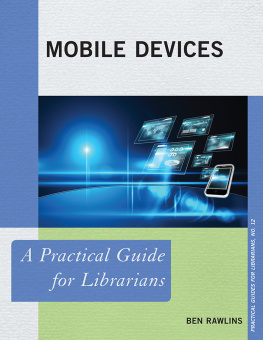
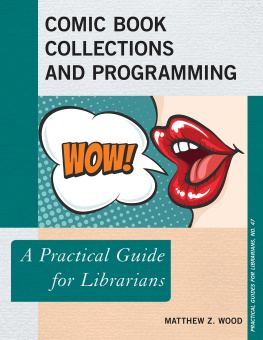

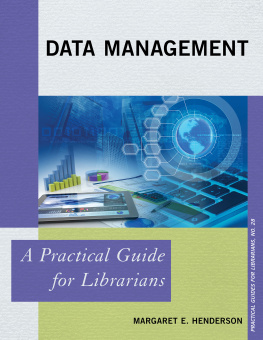
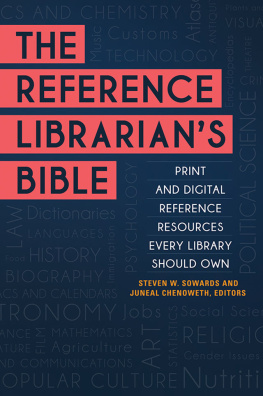
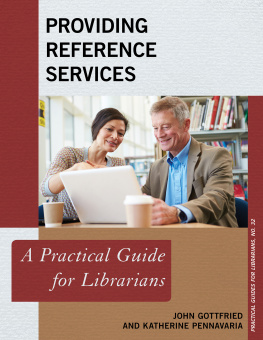
 About the Series
About the Series The paper used in this publication meets the minimum requirements of American National Standard for Information SciencesPermanence of Paper for Printed Library Materials, ANSI/NISO Z39.48-1992.
The paper used in this publication meets the minimum requirements of American National Standard for Information SciencesPermanence of Paper for Printed Library Materials, ANSI/NISO Z39.48-1992.